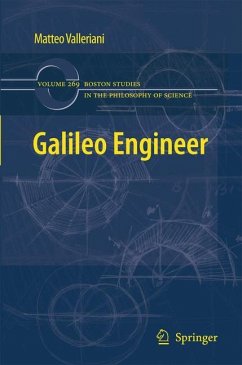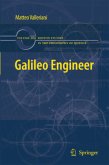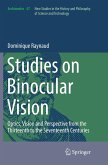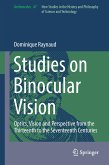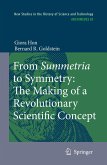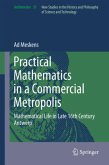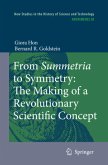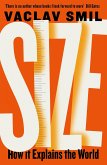Galileo Galilei (1564-1642), his life and his work have been and continue to be the subject of an enormous number of scholarly works. One of the con- quences of this is the proliferation of identities bestowed on this gure of the Italian Renaissance: Galileo the great theoretician, Galileo the keen astronomer, Galileo the genius, Galileo the physicist, Galileo the mathematician, Galileo the solitary thinker, Galileo the founder of modern science, Galileo the heretic, Galileo the courtier, Galileo the early modern Archimedes, Galileo the Aristotelian, Galileo the founder of the Italian scienti c language, Galileo the cosmologist, Galileo the Platonist, Galileo the artist and Galileo the democratic scientist. These may be only a few of the identities that historians of science have associated with Galileo. And now: Galileo the engineer! That Galileo had so many faces, or even identities, seems hardly plausible. But by focusing on his activities as an engineer, historians are able to reassemble Galileo in a single persona, at least as far as his scienti c work is concerned. The impression that Galileo was an ingenious and isolated theoretician derives from his scienti c work being regarded outside the context in which it originated.
Aus den Rezensionen:
"... Valleriani will einen umfassenden Blick auf Galilers praktische Tatigkeiten und deren soziales Umfeld werfen ... Der Schlussel des Verstandnisses liegt in der Art der Wechselwirkung zwischen praktischem und theoretischem Wissen Vallerianis überaus informative, auf sorgfaltigem und umfassendem Quellenstudium beruhende Monographie ist preisverdachtig. ... Die undogmatische Art in der die Ergebnisse vorgetragen werden, macht es dem Leser leicht, diesen zuzustimmen. ... Vallerianis Ergebnisse sind verallgemeinerungsfähig Sie sind ein großartiges Beispiel fur eine erfolgreich betnebene historische Epistemologie."(Eberhard Knobloch in: Berichte zur Wissenschaftsgeschichte, June/2011, Vol. 34, Issue 2, S. 191 f.)
"... Valleriani will einen umfassenden Blick auf Galilers praktische Tatigkeiten und deren soziales Umfeld werfen ... Der Schlussel des Verstandnisses liegt in der Art der Wechselwirkung zwischen praktischem und theoretischem Wissen Vallerianis überaus informative, auf sorgfaltigem und umfassendem Quellenstudium beruhende Monographie ist preisverdachtig. ... Die undogmatische Art in der die Ergebnisse vorgetragen werden, macht es dem Leser leicht, diesen zuzustimmen. ... Vallerianis Ergebnisse sind verallgemeinerungsfähig Sie sind ein großartiges Beispiel fur eine erfolgreich betnebene historische Epistemologie."(Eberhard Knobloch in: Berichte zur Wissenschaftsgeschichte, June/2011, Vol. 34, Issue 2, S. 191 f.)
From the reviews:
"Valleriani's Galileo Engineer is a valuable contribution to historians of Galileo and of early modern mechanics, as well as to scholars interested in recovering the practices of early modern artisans and engineers. Valleriani's rich exposition and translated letters provide information not only about technical matters related to Galileo's instruments and investigations but also about his interactions with craftsmen and merchants. The detailed analyses of Galileo's working methods ... will provide rich fodder for those interested in understanding the practices of early modern artisan-engineers." (Renée J. Raphael, British Journal for the History of Science, Vol. 44 (4), December, 2011)
"Valleriani's Galileo Engineer is a valuable contribution to historians of Galileo and of early modern mechanics, as well as to scholars interested in recovering the practices of early modern artisans and engineers. Valleriani's rich exposition and translated letters provide information not only about technical matters related to Galileo's instruments and investigations but also about his interactions with craftsmen and merchants. The detailed analyses of Galileo's working methods ... will provide rich fodder for those interested in understanding the practices of early modern artisan-engineers." (Renée J. Raphael, British Journal for the History of Science, Vol. 44 (4), December, 2011)

